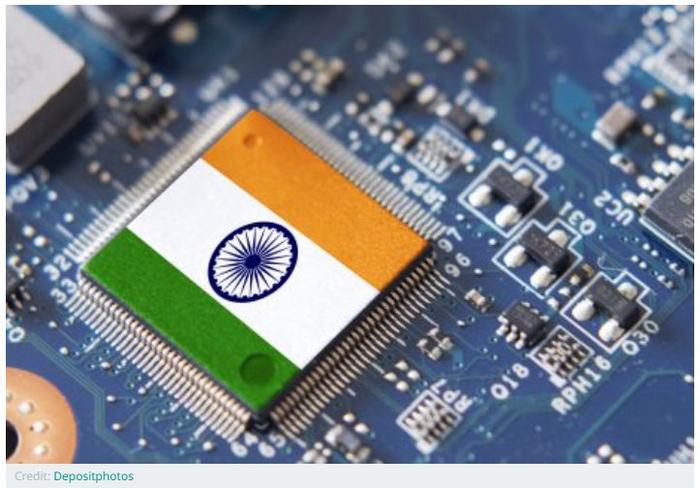
#Indian First Domestic Chip to Be Launched# [Indian Media: The First “Made in India” Chip Will Be Launched This Year] #India Is Accelerating the Construction of 6 Semiconductor Factories# India has placed its first major bet on the semiconductor industry. According to the Economic Times of India on the 18th, India’s first domestic chip will be launched this year, and six semiconductor factories are accelerating their construction with the plan to mass produce “Made in India” chips this year.
Speaking at the 85th anniversary celebration of the Keshav Memorial Education Association, Indian Minister of Electronics and Information Technology Ashwini Vishnaw on the 18th said that some of the most complex chips today are designed in cities such as Hyderabad, Bangalore, Pune, and Chennai. “Now, we have embarked on the manufacturing of semiconductor chips. We have approved the construction of six semiconductor factories, and construction is currently underway. By the end of 2025, we will launch the first ‘Made in India’ chip.” Ashwini expressed that as part of the “Indian Artificial Intelligence Mission”, resources such as free data sets are being uploaded. As many as 1 million people are undergoing training in artificial intelligence applications. “India is preparing to become a significant participant in the global semiconductor industry.” Ashwini stated.
The Economist UK reported that the Indian government hopes that Indian companies will profit from the semiconductor industry. By 2030, global semiconductor sales may double to approximately $1 trillion. The Indian government believes that locally manufactured chips will help boost India’s manufacturing industry. So far, most of the approved projects are for semiconductor “assembly, packaging, and testing” facilities, which is the final stage of the manufacturing process but not the most profitable part of the industry. However, compared to other links in chip production, it has lower technological content and a higher degree of labor intensity, making it a good starting point for India.
Among the new projects, Tata’s factory is yet unable to produce cutting-edge semiconductors. Its main products are widely used in automobiles (such as those produced by Tata itself) and entry-level smartphones. The Economist reported that, like many other countries, India is concerned about the chip shortage that emerged during the pandemic, which poses a threat to its national and economic security. According to public reports, more than 90% of India’s semiconductor demand relies on imports. Praneeth Kothari from the Bangalore think tank Takshara Institute believes that India needs its own semiconductor industry; if it doesn’t have these industries, India will not only “miss out” but also “fail to enter the race.”
However, it remains to be seen whether the Indian government will continue to support the industry to make it internationally competitive. Reports suggest that Indian manufacturers may regret officials’ enthusiasm for wafer factories; it is conceivable that in the future, the government may require Indian companies to use locally produced chips, even if their quality is inferior.
However, insiders believe that India should focus on how to eliminate obstacles hindering the development of Indian local chip design companies. Currently, about 125,000 Indians are engaged in semiconductor design work, most of whom work in large international chip companies, accounting for about 1/5 of global chip designers but with few working in local companies. (Global Times, Yuan Jihong)